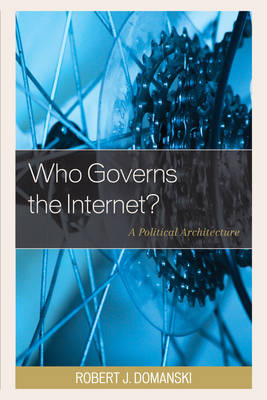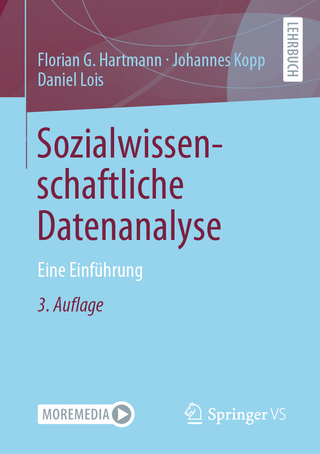
Who Governs the Internet?
Lexington Books (Verlag)
978-1-4985-1270-1 (ISBN)
There remains a widespread perception among both the public and elements of academia that the Internet is “ungovernable”. However, this idea, as well as the notion that the Internet has become some type of cyber-libertarian utopia, is wholly inaccurate. Governments may certainly encounter tremendous difficulty in attempting to regulate the Internet, but numerous types of authority have nevertheless become pervasive. So who, then, governs the Internet? This book will contend that the Internet is, in fact, being governed, that it is being governed by specific and identifiable networks of policy actors, and that an argument can be made as to how it is being governed.
This book will present a new conceptual framework for analysis that deconstructs the Internet into four policy “layers” with the aim of formulating a new political architecture that accurately maps out and depicts authority on the Internet today. Foremost, it will seek to draw a distinction between those actors who have a demonstrable policymaking authority versus those who merely wield influence. The book will then apply this four-layer model to an analysis of U.S. national cybersecurity policy, post-9/11. Ultimately, it will seek to determine the consequences of these political arrangements and governance policies.
Robert J. Domanski is an instructor of political science and computer science at the City University of New York.
Chapter 1—Framing the Question, “Who Governs the Internet?”
Chapter 2—A Brief History of the Internet as Told Through Four Policy Layers
Chapter 3—Who Governs the Infrastructure?
Chapter 4—Who Governs the Technical Protocols?
Chapter 5—Who Governs the Applications?
Chapter 6—Who Governs the Content?
Chapter 7—Analysis of the National Strategy to Secure Cyberspace (NSSC)
Problem Definition: How to Defend the Nation’s Critical Cyber Assets from Attack?
The Policymaking Process and Policy Design Behind the National Strategy to Secure Cyberspace (NSSC)
Implementation and the Emerging Bureaucratic Regime
Cybersecurity Policy and Politics in the Obama Administration
Cybersecurity Policy In Action: What Actually Happens in the Face of a Cyberattack?
What This Case Study on U.S. National Cybersecurity Policy Demonstrates: The Primacy of Private Commercial Firms
Chapter 8—Internet Policymaking Moving Forward
| Verlagsort | Lanham, MD |
|---|---|
| Sprache | englisch |
| Maße | 158 x 238 mm |
| Gewicht | 458 g |
| Themenwelt | Mathematik / Informatik ► Informatik |
| Sozialwissenschaften ► Kommunikation / Medien ► Medienwissenschaft | |
| Sozialwissenschaften ► Politik / Verwaltung ► Politische Theorie | |
| Sozialwissenschaften ► Politik / Verwaltung ► Staat / Verwaltung | |
| Technik ► Elektrotechnik / Energietechnik | |
| ISBN-10 | 1-4985-1270-4 / 1498512704 |
| ISBN-13 | 978-1-4985-1270-1 / 9781498512701 |
| Zustand | Neuware |
| Haben Sie eine Frage zum Produkt? |
aus dem Bereich


